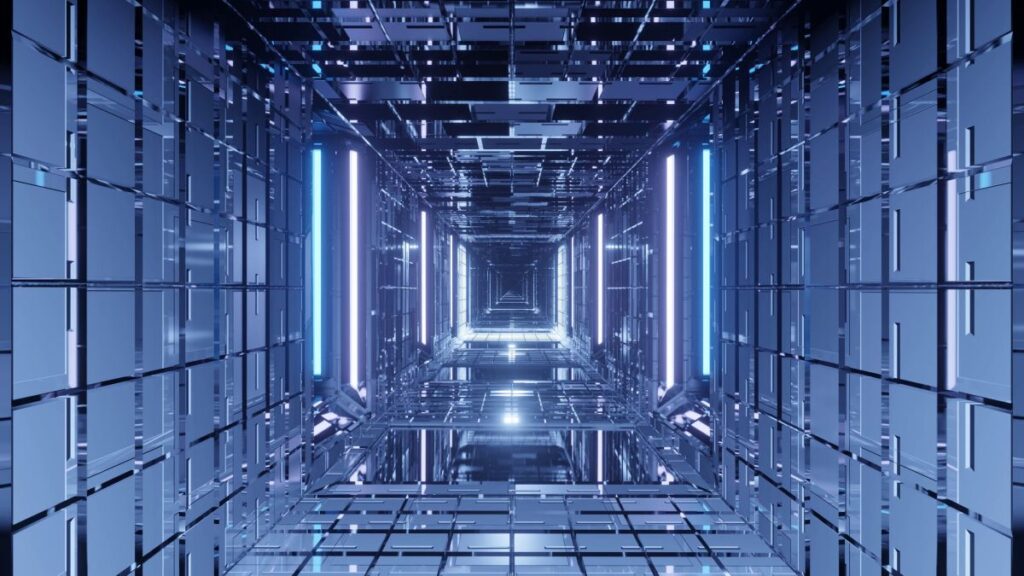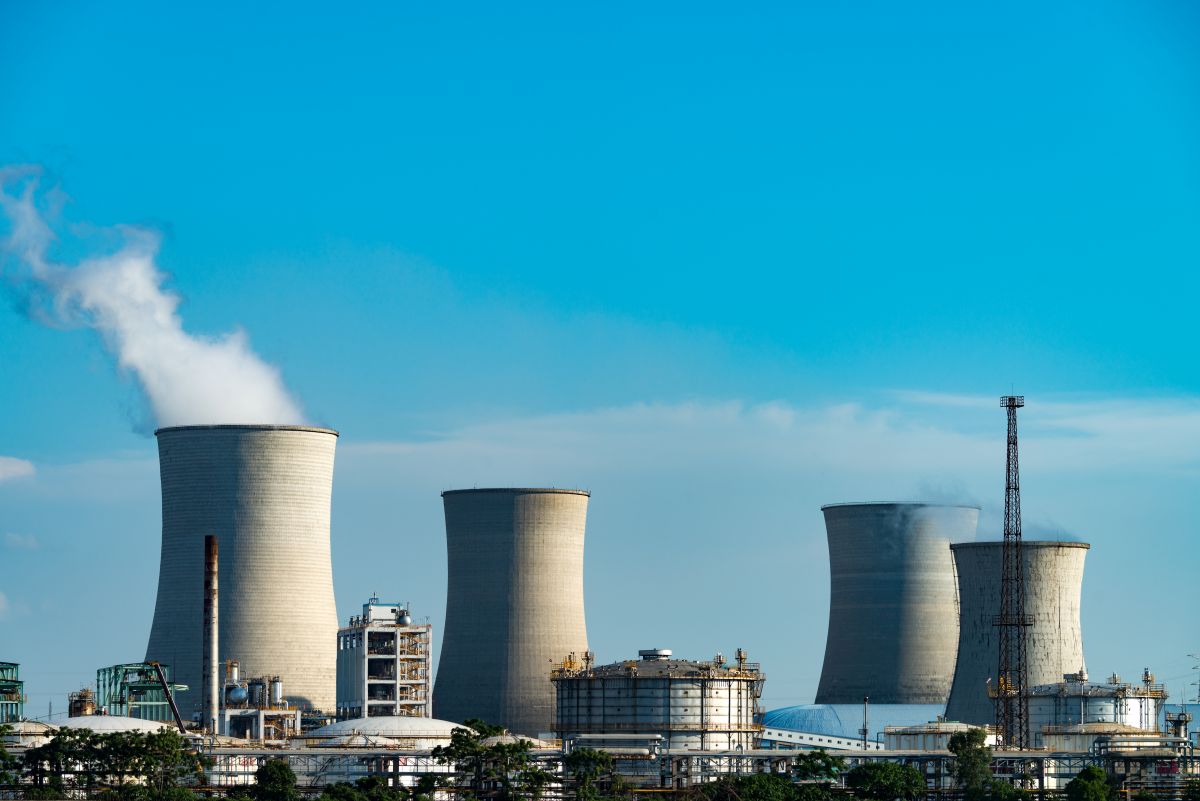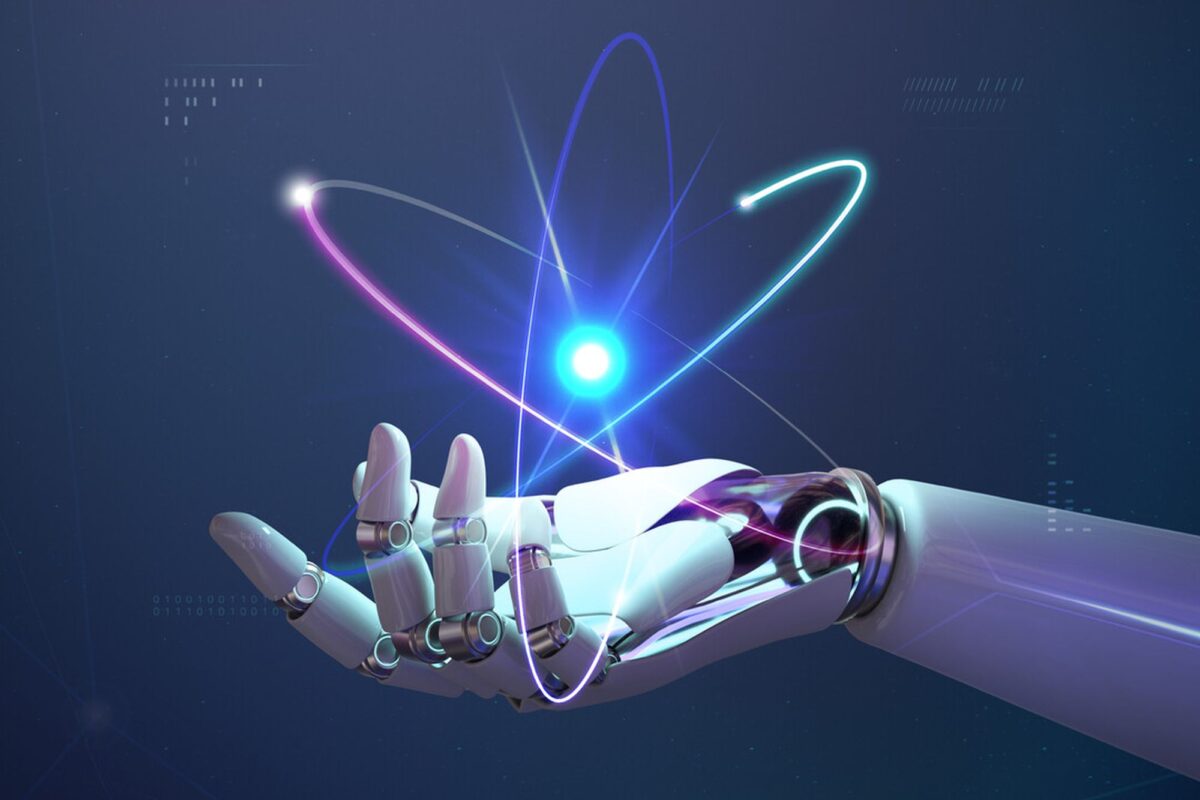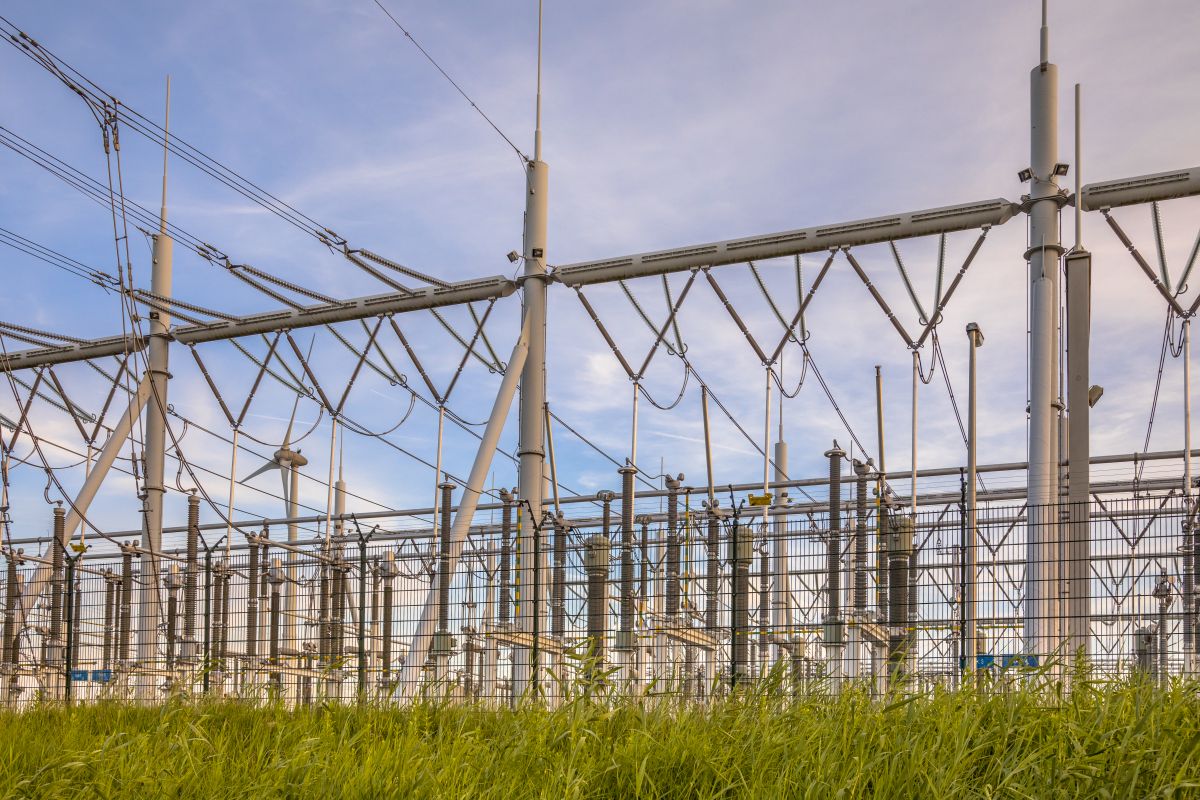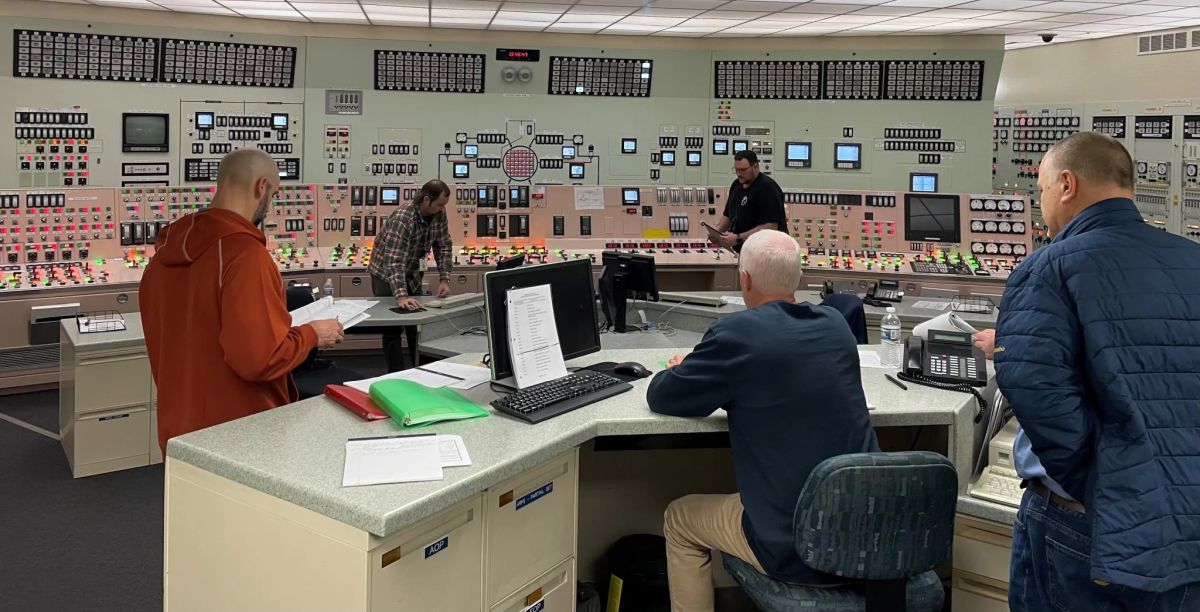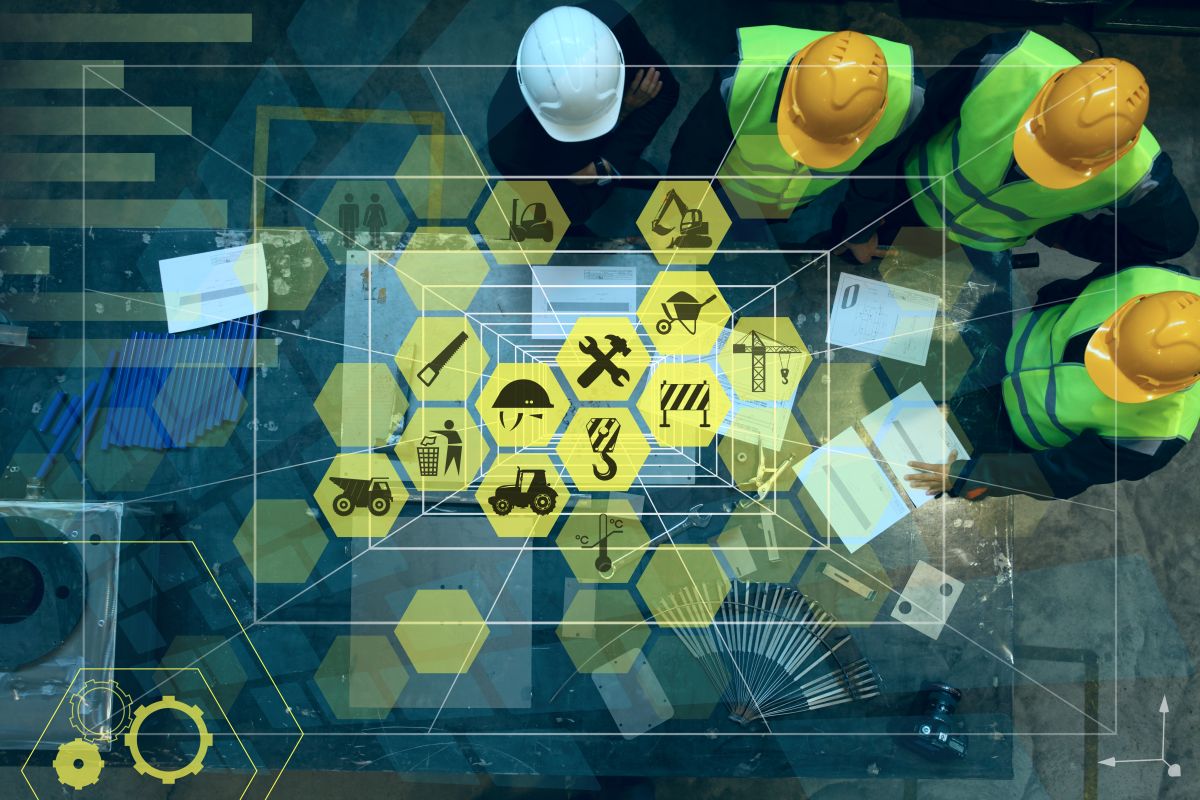OpenAI presented its Stargate Project to the public in January 2025 as a $500 billion initiative to build the most advanced artificial intelligence infrastructure ever created. The project plans to establish multiple hyperscale data centers across the United States during the next four years to support AI developments in medical diagnostics and climate prediction, among other fields. The project’s enormous scale requires sustainable energy solutions because of its energy demands.
Unprecedented Energy Consumption
The Stargate Project plans to establish multiple hyperscale data centers to support the upcoming generation of AI applications. The facilities need at least 50 Megawatts (MW) of power supply, but some installations surpass this capacity. The energy requirements of the project will increase to 15 Gigawatts (GW) because of the ten data centers currently under construction, which equals the electricity usage of a small nation. A sustainable energy policy must be established because of the enormous energy requirements.
Integrating Renewable Energy and Advanced Technologies
To meet these substantial energy needs sustainably, the Stargate Project is exploring various energy sources and technologies:
- The energy plan includes solar power integration with battery storage systems. The initial Texas data center project selected SB Energy as its solar and battery solution provider, which operates under a SoftBank subsidiary. The use of renewable energy as a standalone power source is improbable because its availability depends on weather conditions, and its power output varies.
- Stargate plans to deploy Small Modular Nuclear Reactors (SMRs) for establishing a stable baseload power supply. The advanced reactors deployed near demand centers minimize transmission losses while providing stable baseload power needed for uninterrupted data center operations.
- The current energy infrastructure will continue to rely on natural gas as a primary component, and this trend will persist into the future. The implementation of Carbon Capture, Utilization, and Storage (CCUS) systems with natural gas plants enables direct carbon dioxide emission capture at the source while supporting global greenhouse gas emission reduction initiatives.
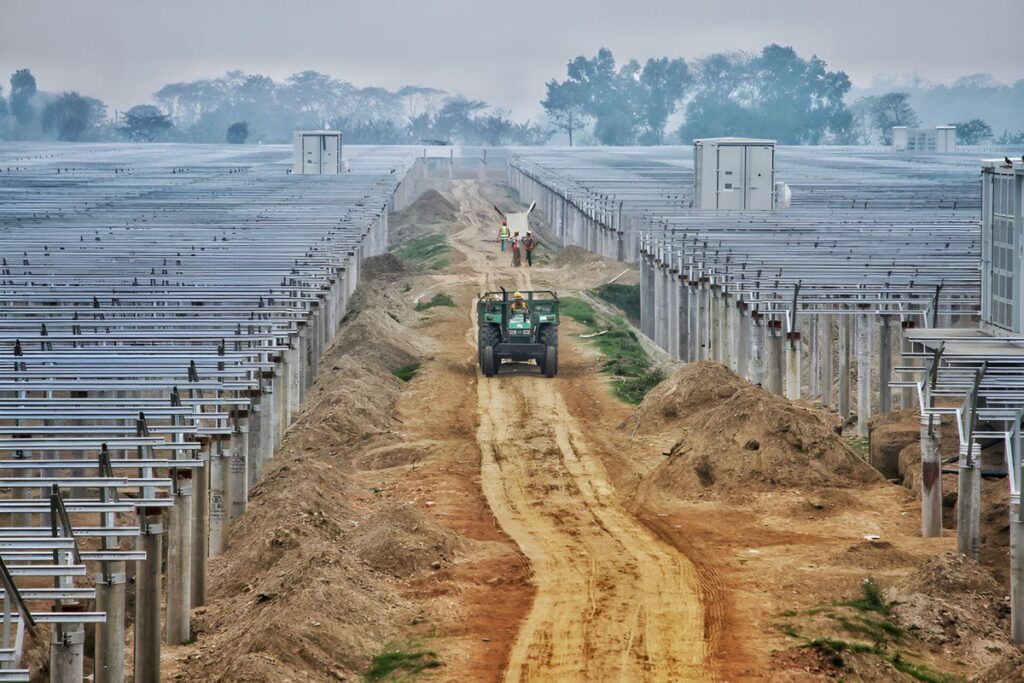
Challenges and Strategic Implications
The project requires energy resources, which create multiple operational issues like:
- The U.S. energy grid faces increasing pressure because of expanding transportation electrification and industrial needs, and AI infrastructure requirements. The present energy grid infrastructure has insufficient capacity to support the power requirements of the Stargate data centers. The development of advanced grid management systems and infrastructure improvements will be essential to prevent power disruptions while maintaining electricity stability.
- Advanced energy technologies, including SMRs and CCUS require legal understanding and compliance risk mitigation during their implementation process. The process requires stakeholder participation and building trust between parties. The project requires active stakeholder participation along with transparent communication practices.
- The Stargate Project invests in cutting-edge energy solutions to meet its needs while advancing U.S. leadership in AI and sustainable energy technologies. The United States needs to guarantee that Stargate-driven energy innovations both back AI development and strengthen national security systems against foreign competitors. The partnership between OpenAI, Oracle, NVIDIA, Microsoft, and SoftBank underlines the critical role this initiative plays in sustaining U.S. dominance of AI and energy technology leadership.
Conclusion
The Stargate Project represents a major step forward in AI infrastructure, but it comes with the need to overcome energy sustainability challenges that are inherent in the project. To this end, OpenAI has indicated that it plans to ensure reliability using solar power, battery storage, SMRs, and carbon capture technologies in its efforts. However, challenges of grid capacity, regulatory approval, and long-term energy security must be addressed as well. If done successfully, the Stargate Project could be a benchmark of how to power AI at scale while actively advancing the development of clean energy technologies.
Disclaimer: Any opinions expressed in this blog do not necessarily reflect the opinions of Certrec. This content is meant for informational purposes only.


